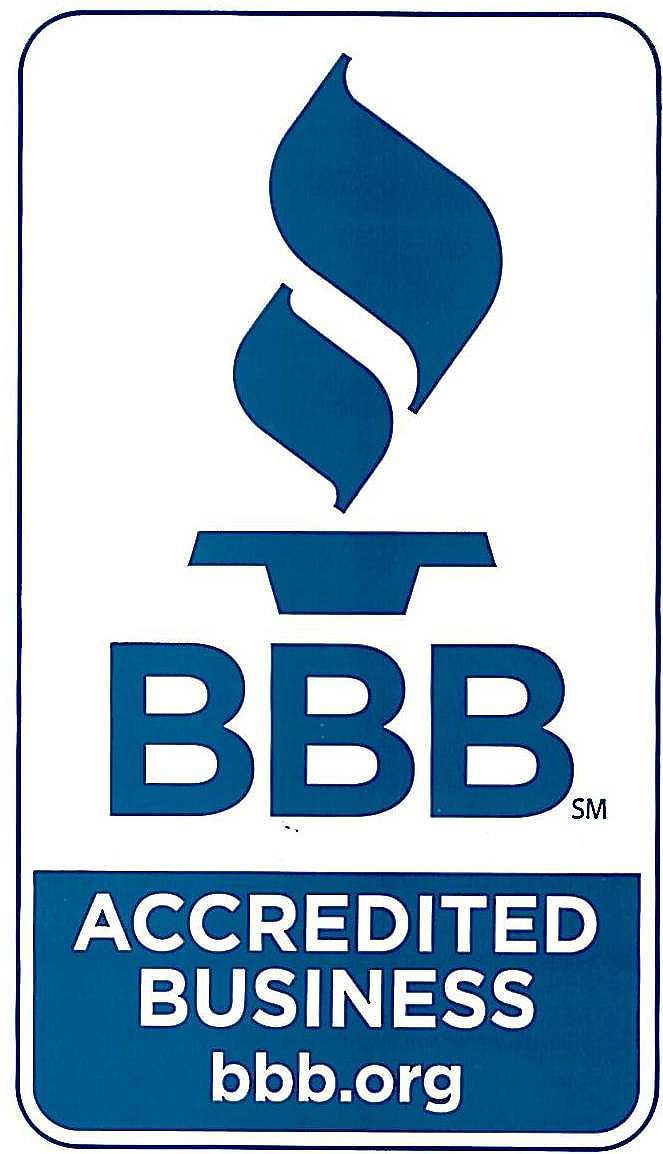WHAT DO I NEED TO KNOW ABOUT A2L SYSTEMS ?
BIG CHANGES ARE COMING TO THE HVAC INDUSTRY SOON !
Technology and regulations change over the years and most families try their best to stay up to current standards, but keeping their family needs are always at the forefront. Sometimes the changes can have dramatic changes to our daily lives and bring unexpected decisions and costs that we are not ready for. That's why you need a company that can get you ready and guide you through these changes explaining your options to you in a simple and understandable way.
In 2020, congress passed the American Innovation & Manufacturing (AIM) Act and in 2021 the EPA introduced a rule mandating an 85% nationwide phasedown in high-global warming potential (GWP) hydrofluorocarbon (HFC) refrigerants by 2036. The transition to next-generation refrigerant technologies is being aided by the EPA’s Significant New Alternatives Policy (SNAP) program which approves the use of low-GWP refrigerant for specific uses. Many A2L refrigerants have already been approved by the EPA with many more approvals in the works.
Some new A2L residential units are already on the market with more manufacturers set to release over the next 1-3 years. Your local HVAC contractors are already in high gear getting technicians and sales staff ready to bring these systems into your homes. You should expect companies to start bringing up these changes if they haven't already.
What are the differences with A2L vs. R410A?
R410A is a type of hydrofluorocarbon refrigerant used in air conditioning systems and heat pumps. This refrigerant was developed as a replacement for the ozone-depleting R-22 refrigerant, it has however not been the answer looked for in regards to its global warming potential. Thus the change to A2L refrigerants.
A2L refrigerants are characterized by mild flammability, low toxicity, and low global warming potential. They include hydrofluoroolefins and HFO blends. A2L refrigerants offer similar operating characteristics to legacy refrigerants and are more energy efficient than r-410a.
How does this change effect my home?
Compatibility
While A2L refrigerants are relatively straightforward to use and don’t add excessive system complexity, they cannot be used in air conditioners, heat pumps, or other units designed for most older refrigerants such as R410-A. Transitioning to A2L refrigerants necessitates new equipment investments.
Flammability
Classed as mildly flammable, A2L refrigerants are unquestionably safe when managed correctly with due adherence to safety measures and system components. However, this requires extensive and specialized safety training for all personnel and testing of all components to verify reduced fire risks.
Upfront Costs
The upfront costs associated with procuring new equipment and implementing training programs to accommodate A2L refrigerants can be substantial. Nevertheless, the long-term savings potential is great, marked by enhanced efficiency (leading to lower operational costs), reduced refill volumes, and diminished per-refill expenses. Moreover, as production scales up, upfront costs are anticipated to recede over time.
Regulatory Compliance
While A2L refrigerants are in alignment with contemporary regulations, sustaining this compliance can be complex due to the amount of standards and the necessity for ongoing monitoring and compliance reporting.
Award Winning
Expert Team
Quality Guaranteed
John Smith, Tucson
Jodi Black, Green Valley








